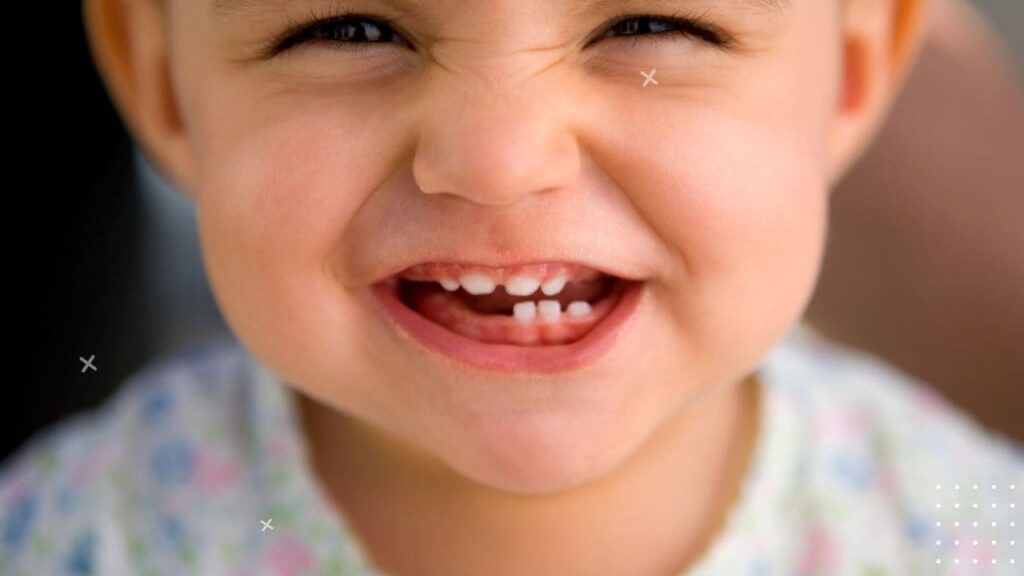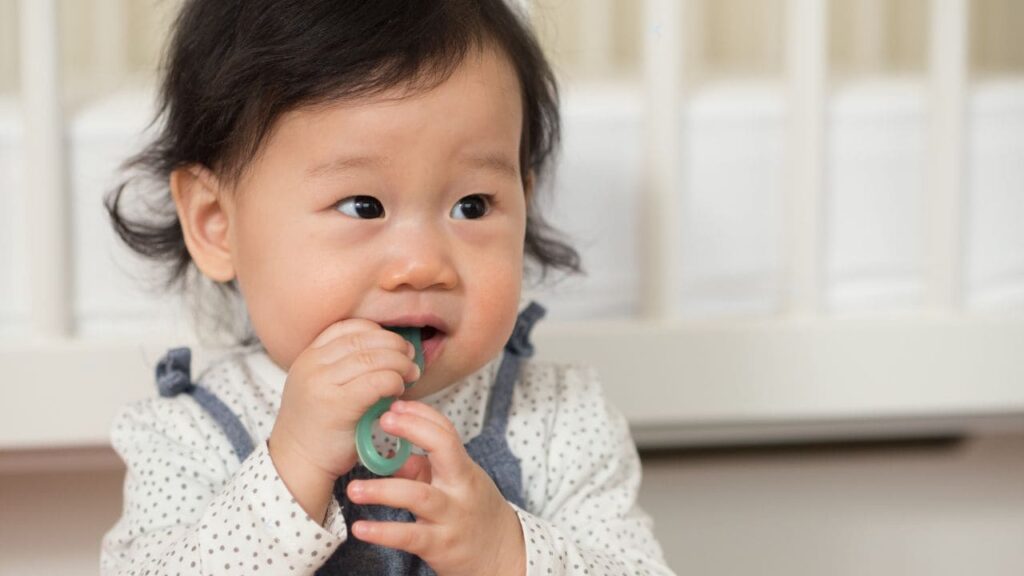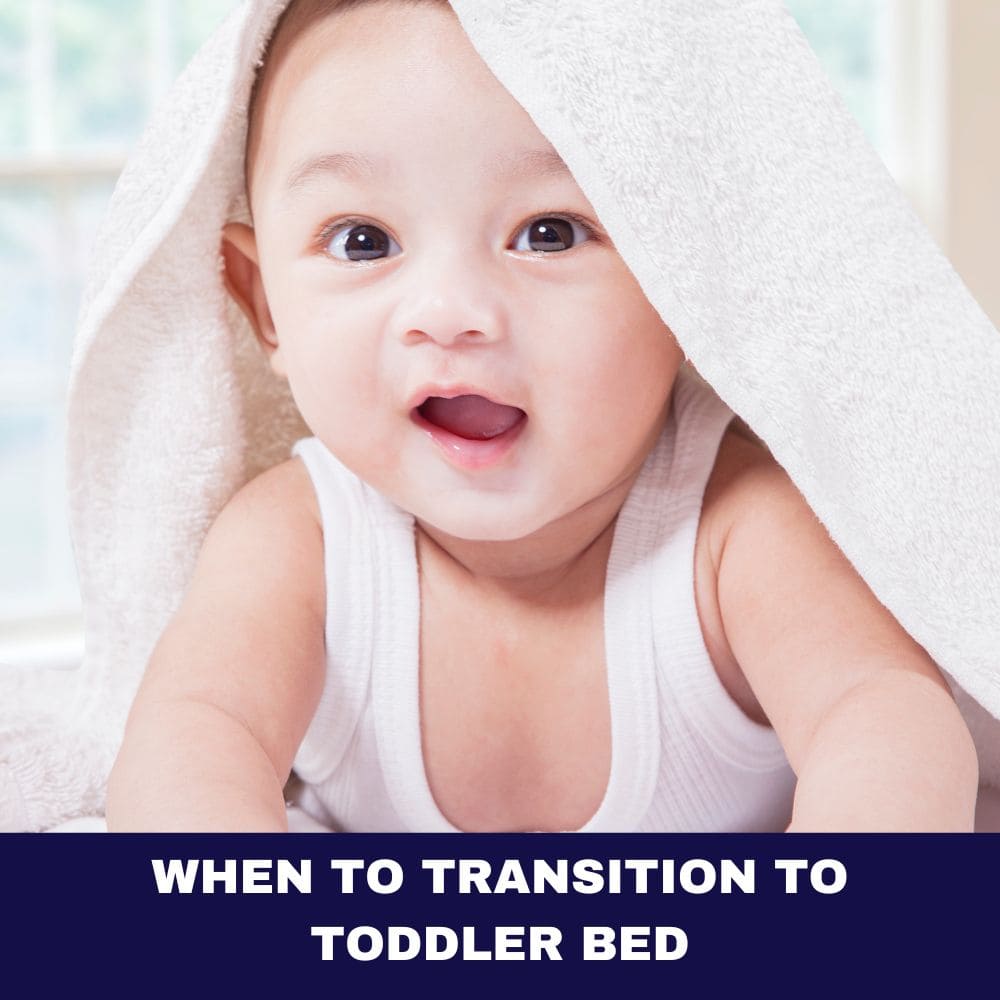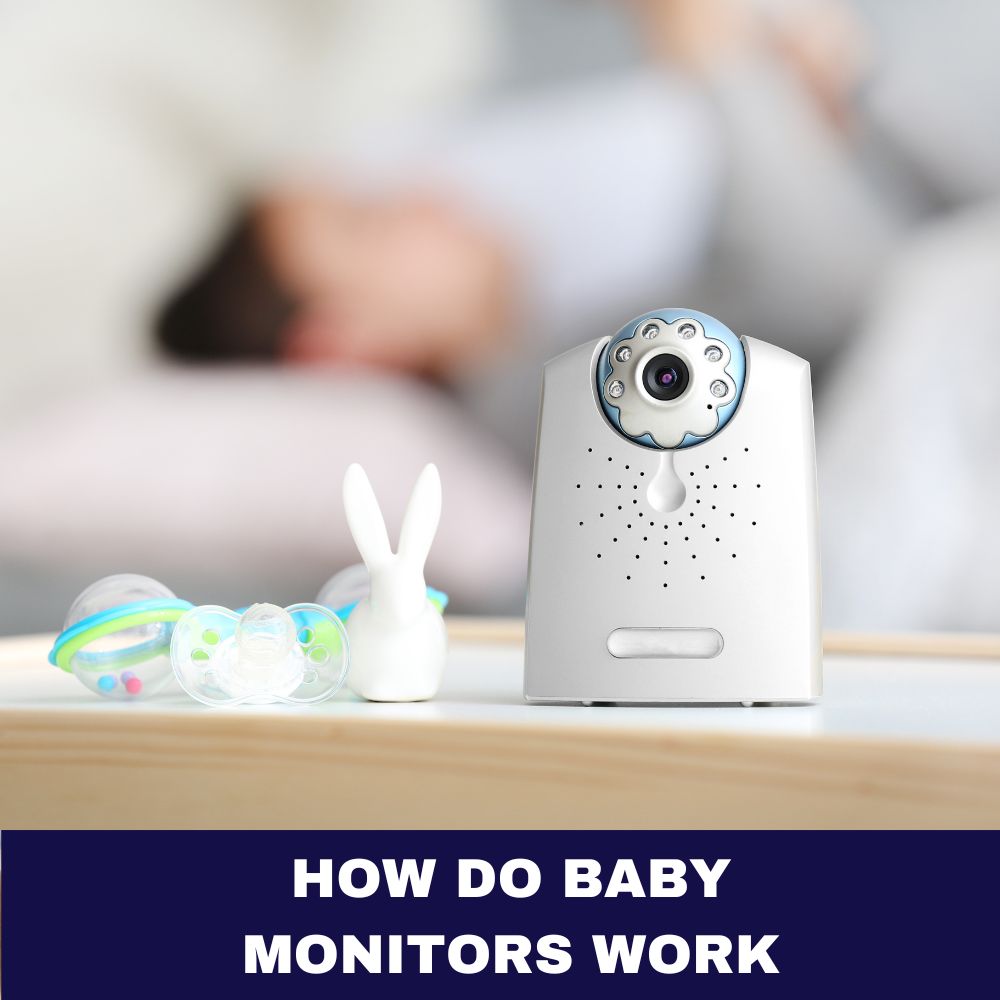Imagine this scenario: It’s your child’s first dental appointment, and you’re excited to see their adorable toothy grin. But as the dentist examines their mouth, a puzzled look crosses their face. “Hmm, it seems like some of these baby teeth are coming in out of order,” they remark. Suddenly, your heart sinks, and a million questions race through your mind. Why is this happening? Is it serious? What can be done?
Fear not, dear parents! While it’s true that having baby teeth out of order can be a concerning sight, it’s a relatively common occurrence with a variety of potential causes. In this comprehensive guide, we’ll dive deep into the perplexing world of baby teeth erupting out of their normal sequence, unveiling the five most common culprits behind this dental disarray and proven remedies to get your little one’s smile back on track.
What Causes Baby Teeth to Erupt Out of Order?
Before we explore the specific causes, let’s first understand the typical eruption sequence of baby teeth. Generally, the bottom two front teeth (central incisors) are the first to make their grand entrance, usually between 6 and 10 months of age. These are followed by the top four front teeth (central and lateral incisors), first molars, canines, and finally, the second molars – with the entire set of 20 baby teeth typically in place by around 3 years old.
However, when teeth decide to stray from this predetermined path, it can be due to a variety of factors, including:
Cause 1: Genetic Factors Just like how some babies inherit their parents’ striking features or charming quirks, genetics can also play a role in the timing and order of tooth eruption. If you or your partner experienced early or late teething as children, your little one may follow a similar pattern. Additionally, certain inherited conditions or syndromes can impact the development and positioning of teeth.
Cause 2: Trauma or Injury Accidents or injuries that affect the mouth or jaw area can disrupt the delicate process of tooth eruption. Whether it’s a fall, a bump, or even an overly enthusiastic game of “catch the pacifier,” trauma to the gums or jaw can cause teeth to erupt in unexpected positions or at unexpected times.
Cause 3: Crowded Mouth or Lack of Space Imagine trying to fit a bunch of rambunctious toddlers into a tiny playroom – chaos would ensue! Similarly, if your child’s jaw is on the smaller side or there’s simply not enough room in their mouth, baby teeth may struggle to find their designated spots and end up erupting out of order or in overlapping positions.

Cause 4: Premature Loss of Baby Teeth Baby teeth are meant to act as placeholders for their permanent counterparts, but sometimes, they get the boot a little too early. Whether due to decay, injury, or another reason, the premature loss of a baby tooth can create a gap, causing the surrounding teeth to shift and erupt out of place as they try to fill the vacant spot.
Cause 5: Developmental Delays or Conditions Certain developmental delays or conditions, such as Down syndrome, cleft lip/palate, or other craniofacial anomalies, can impact the growth and development of teeth, potentially leading to disruptions in the eruption sequence.
Now that we’ve uncovered the potential causes, let’s explore the signs and symptoms that may indicate your child’s teeth are out of order.
| Tooth | Eruption Time (Months) |
| Bottom Central Incisors | 6 – 10 |
| Top Central Incisors | 8 – 12 |
| Top Lateral Incisors | 9 – 13 |
| Bottom Lateral Incisors | 10 – 16 |
| Top First Molars | 13 – 19 |
| Bottom First Molars | 14 – 18 |
| Top Canines | 16 – 22 |
| Bottom Canines | 17 – 23 |
Signs and Symptoms of Baby Teeth Out of Order
While some cases may be subtle, there are a few telltale signs that can help you identify if your child’s teeth are erupting out of their expected order:
- Gaps or spaces between teeth that shouldn’t be there
- Teeth overlapping or crowding each other
- Teeth emerging in unusual positions (e.g., behind or in front of other teeth)
- Significant delays in the eruption of certain teeth compared to the typical timeline
If you notice any of these signs, it’s essential to consult a pediatric dentist for an evaluation. They can assess the situation and provide guidance on the appropriate course of action.
| Sign | Description |
| Gaps or Spaces | Spaces between teeth that shouldn’t be there |
| Overlapping or Crowding | Teeth overlapping or crowding each other |
| Unusual Positions | Teeth emerging in front of, behind, or between other teeth |
| Delayed Eruption | Significant delays in the eruption of certain teeth |
The Impact of Baby Teeth Out of Order on Oral Functions
While the cosmetic aspect of misaligned baby teeth is often a primary concern for parents, it’s essential to recognize the potential functional implications as well. When teeth erupt out of order, it can affect various oral functions, including:
Chewing and Eating Misaligned teeth can make it challenging for your child to chew and break down food properly. The irregular surfaces and positioning of the teeth can hinder their ability to bite and grind food effectively, leading to potential digestive issues or a reluctance to eat certain foods.
Speech Development Proper tooth alignment plays a crucial role in the development of clear speech patterns. When teeth are out of order, it can affect the placement and movement of the tongue, lips, and jaw, potentially leading to difficulty pronouncing certain sounds or words.
Breathing and Swallowing In some cases, severely misaligned teeth can contribute to issues with breathing and swallowing. The positioning of the teeth can impact the shape and function of the oral cavity, potentially causing obstructions or discomfort during these essential functions.
By addressing baby teeth out of order promptly, you can help mitigate these potential functional challenges and support your child’s overall oral health and development.

Potential Complications of Untreated Misaligned Baby Teeth
While baby teeth are temporary residents in your child’s mouth, their proper alignment and positioning play a crucial role in ensuring healthy dental development. Leaving misaligned baby teeth untreated can lead to a variety of complications, including:
- Difficulty with eating and chewing properly
- Speech development issues, as misaligned teeth can affect the placement of the tongue and lips
- Increased risk of tooth decay and gum disease due to hard-to-clean areas created by crowding or overlapping teeth
- Potential problems with the eruption and alignment of permanent teeth, as baby teeth act as guides for their successors
By addressing misaligned baby teeth promptly, you can help prevent these complications and set the stage for a lifetime of healthy smiles.
Proven Remedies and Treatment Options
Fear not, my friends, for there are several proven remedies and treatment options available to help guide your child’s teeth back onto the path of proper alignment. Let’s explore some of the most common approaches:
Treatment Option 1: Orthodontic Appliances In some cases, orthodontic appliances such as braces or clear aligners may be recommended to gently guide the eruption of teeth into their proper positions. These appliances apply gentle pressure over time, gradually nudging teeth into their designated spots.
Treatment Option 2: Tooth Extraction In more severe cases, where a misaligned baby tooth is causing significant crowding or blocking the eruption of permanent teeth, your dentist may recommend extracting the problematic tooth. This creates space for the remaining teeth to shift into their correct positions.
Treatment Option 3: Space Maintainers If a baby tooth is lost prematurely, your dentist may recommend a space maintainer – a small appliance that holds the vacant space open until the permanent tooth is ready to erupt. This prevents the surrounding teeth from shifting and creating misalignment.
Treatment Option 4: Observation and Monitoring In some mild cases, where the misalignment is not severe or causing immediate concerns, your dentist may simply recommend monitoring the situation closely and allowing the permanent teeth to erupt before considering further treatment.
It’s important to note that the appropriate treatment plan will depend on the specific circumstances of your child’s case, their age, and the severity of the misalignment. Your pediatric dentist will work closely with you to develop a personalized approach that addresses your child’s needs while minimizing discomfort or disruption to their daily routine.
While the physical aspects of misaligned baby teeth are often the primary focus, it’s essential to recognize the potential emotional impact this condition can have on both children and parents. Here are some considerations:
Boosting Your Child’s Confidence For some children, having misaligned teeth can be a source of self-consciousness or embarrassment, especially as they reach school age and become more aware of their appearance. As a parent, it’s crucial to address any concerns or insecurities your child may have and reassure them that their smile is beautiful, regardless of the temporary misalignment.
Managing Your Own Emotions As a parent, seeing your child’s teeth erupt out of order can be a source of stress, worry, or even guilt. It’s essential to remember that this is a common occurrence and not a reflection of your parenting abilities. Seek support from your pediatric dentist, who can provide guidance and reassurance throughout the treatment process.
Fostering a Positive Attitude Toward Dental Care Regardless of the treatment approach chosen, it’s important to maintain a positive and encouraging attitude toward dental care. By fostering a healthy and empowering relationship with dental professionals from an early age, you can help your child feel more comfortable and confident throughout the treatment process.
Remember, open communication, patience, and a supportive environment can go a long way in helping your child (and yourself) navigate the emotional aspects of misaligned baby teeth.
The Importance of Early Dental Care
As with many aspects of child development, early intervention and preventative care are key when it comes to ensuring proper dental health. The American Academy of Pediatrics (AAP) recommends that all children should have their first dental visit by their first birthday or within six months of their first tooth erupting.
Regular check-ups with a pediatric dentist not only allow for early detection and treatment of any potential issues but also provide an opportunity for education on proper oral hygiene practices and dietary recommendations to support healthy tooth development.
By establishing a positive relationship with dental care from an early age, you can help instill good habits and alleviate any fears or anxieties your child may have about visiting the dentist.

Prevention and Early Intervention
While some cases of out-of-order baby teeth may be unavoidable due to genetic or developmental factors, there are several steps you can take to help prevent or minimize the impact of misaligned teeth:
- Practice good oral hygiene: Establish a consistent routine of brushing and flossing to reduce the risk of tooth decay and premature tooth loss.
- Maintain a balanced diet: A diet rich in essential nutrients, such as calcium, vitamin D, and phosphorus, supports healthy tooth development.
- Avoid prolonged pacifier or thumb-sucking habits: These habits can potentially lead to misalignment of the teeth and jaw.
- Schedule regular dental check-ups: Regular visits with a pediatric dentist allow for early detection and intervention if any issues arise.
By prioritizing prevention and seeking early intervention when necessary, you can help ensure your child’s teeth erupt properly and set the stage for a lifetime of beautiful, healthy smiles.
Preparing for Your Child’s First Dental Visit
Establishing a positive relationship with dental care from an early age is crucial for your child’s long-term oral health. As you prepare for your little one’s first dental visit, here are some tips to make the experience as smooth and stress-free as possible:
Choose a Pediatric Dentist Consider seeking out a pediatric dentist who specializes in caring for children’s dental needs. These professionals are trained to create a child-friendly environment and have a gentle, patient approach to putting young patients at ease.
Explain the Visit in Simple Terms Before the appointment, take some time to explain to your child what a dental visit entails, using age-appropriate language and avoiding scary or intimidating words. You can even role-play or read books about going to the dentist to help them understand what to expect.
Pack Comfort Items Bring along a favorite stuffed animal, blanket, or toy to help your child feel more comfortable and secure during the visit. These familiar objects can provide a sense of security in a new environment.
Stay Positive and Encouraging Children are highly perceptive and can pick up on your own emotions and attitudes. Maintain a positive and encouraging tone when discussing the dental visit, and avoid expressing any personal fears or anxieties you may have.
Discuss Any Concerns Don’t hesitate to voice any concerns or questions you may have with the dentist. They can provide guidance on how to address specific issues, such as misaligned baby teeth, and help put your mind at ease.
By fostering a positive and supportive environment from the very beginning, you can help establish a foundation of trust and confidence in dental care for your child.
Conclusion
As you can see, my dear parents, the world of baby teeth out of order is a complex and fascinating one, full of perplexing causes and proven remedies. While it may initially seem like a daunting challenge, with the right knowledge and proactive approach, you can navigate this dental dilemma with confidence and ensure your little one’s smile stays on track.
Remember, early intervention and regular dental check-ups are key to preventing or addressing any misalignment issues. By working closely with a trusted pediatric dentist and following their recommended treatment plan, you can help guide your child’s teeth into their proper positions, setting the stage for a lifetime of healthy, beautiful smiles.
So, fear not, and embrace the adventure of your child’s dental development with open arms. With a little patience, dedication, and a whole lot of love, you can conquer the challenge of out-of-order baby teeth and ensure your little one’s grin shines bright for years to come.
FAQ – Baby Teeth Out of Order
At what age should I be concerned if my child’s baby teeth aren’t coming in properly?
While there is a typical timeline for baby teeth eruption, it’s important to remember that every child develops at their own pace. However, if you notice significant delays or irregularities in your child’s tooth eruption pattern, it’s generally recommended to consult a pediatric dentist around the age of 12-14 months.
The American Academy of Pediatric Dentistry (AAPD) suggests seeking an evaluation if your child does not have their first tooth by 18 months or if there are no teeth present in the upper or lower jaw by 16 months. Additionally, if your child experiences premature loss of baby teeth, excessive spacing, or overcrowding, it’s advisable to schedule an appointment with a dentist for a proper assessment and potential intervention.
Early evaluation and intervention can help prevent or address potential issues with tooth alignment, jaw development, and the proper eruption of permanent teeth down the line.
Can thumb-sucking or pacifier use contribute to misaligned baby teeth?
Yes, prolonged thumb-sucking or pacifier use beyond the age of 3 or 4 can potentially contribute to misaligned baby teeth, as well as other dental issues. These habits can exert pressure on the teeth and jaws, causing them to shift out of their proper positions.
Specifically, thumb-sucking or pacifier use can cause the front teeth to protrude or angle outward, leading to an “open bite” where the top and bottom teeth do not meet properly when the mouth is closed. It can also cause the upper teeth to flare outward and the lower teeth to tilt inward, resulting in a crossbite.
While it’s perfectly normal for babies and young toddlers to suck their thumbs or use pacifiers, it’s generally recommended to discourage these habits after the age of 3 or 4 to minimize the risk of dental misalignment and other associated issues.
If your child continues to engage in these habits beyond this age, it’s advisable to consult with a pediatric dentist or orthodontist for guidance on breaking the habit and potential intervention if necessary.
Can misaligned baby teeth affect speech development?
Yes, misaligned baby teeth can potentially affect speech development in some cases. Proper tooth alignment plays a crucial role in the placement and movement of the tongue, lips, and jaw, all of which are essential for clear speech articulation.
When baby teeth erupt out of order or in misaligned positions, it can alter the oral cavity’s shape and structure, potentially leading to difficulties in producing certain sounds or words correctly. For instance, misaligned front teeth may cause lisps or difficulty with sibilant sounds like “s” or “z,” while misaligned molars can impact the production of certain consonant sounds.
Additionally, misaligned teeth can make it challenging for a child to position their tongue correctly for certain speech sounds, leading to potential speech delays or persistent articulation issues.
If you notice your child struggling with speech development or articulation, it’s essential to consult with a pediatric dentist and a speech-language pathologist to determine if misaligned teeth may be contributing to the issue and to develop an appropriate treatment plan.
Can misaligned baby teeth increase the risk of dental problems in the future?
Yes, misaligned baby teeth can potentially increase the risk of various dental problems in the future if left untreated. Baby teeth play a crucial role in guiding the proper eruption and alignment of permanent teeth, as well as maintaining the appropriate spacing and jaw development.
When baby teeth are misaligned, it can create crowding or spacing issues that can prevent permanent teeth from erupting in their correct positions. This can lead to further misalignment, increased risk of impacted teeth, or the need for more extensive orthodontic treatment down the line.
Additionally, misaligned teeth can create hard-to-clean areas, increasing the risk of tooth decay, gum disease, and potential premature tooth loss, which can further exacerbate alignment issues and compromise overall oral health.
Addressing misaligned baby teeth early on through appropriate treatment methods can help prevent these potential future complications and ensure proper jaw and tooth development, ultimately reducing the likelihood of more extensive dental interventions later in life.
What are some tips for making dental visits more comfortable for children with misaligned baby teeth?
Visiting the dentist can be a daunting experience for children, especially if they have misaligned baby teeth or are undergoing treatment for dental issues. Here are some tips to help make dental visits more comfortable for your child:
- Choose a pediatric dentist: Pediatric dentists are specifically trained to work with children and create a child-friendly environment. They are skilled in using gentle techniques and explaining procedures in a way that children can understand.
- Prepare your child: Before the appointment, explain what will happen during the visit in a positive and age-appropriate manner. You can use books, videos, or role-playing to help familiarize your child with the process.
- Bring comfort items: Allow your child to bring a favorite toy, blanket, or stuffed animal to the appointment. These familiar objects can provide a sense of security and help calm their nerves.
- Use distraction techniques: Pediatric dental offices often have TVs, music, or other distractions to help keep children’s minds occupied during procedures. You can also bring headphones or a tablet with their favorite shows or games.
- Stay calm and positive: Children can easily pick up on their parents’ emotions, so it’s important to remain calm and positive throughout the appointment. Avoid expressing any personal fears or anxieties you may have.
- Consider sedation options: For more invasive procedures or if your child experiences severe dental anxiety, your dentist may recommend sedation options, such as nitrous oxide (laughing gas) or oral sedatives, to help them remain calm and comfortable.
- Reward and praise: After the appointment, be sure to praise your child for their bravery and cooperation. You can also offer a small reward or treat to reinforce positive associations with dental visits.
By creating a supportive and comfortable environment, you can help alleviate your child’s fears and anxieties surrounding dental treatment, making the process smoother and more positive for everyone involved.












